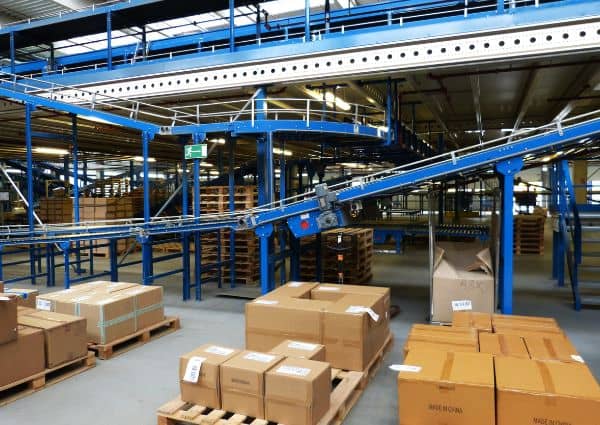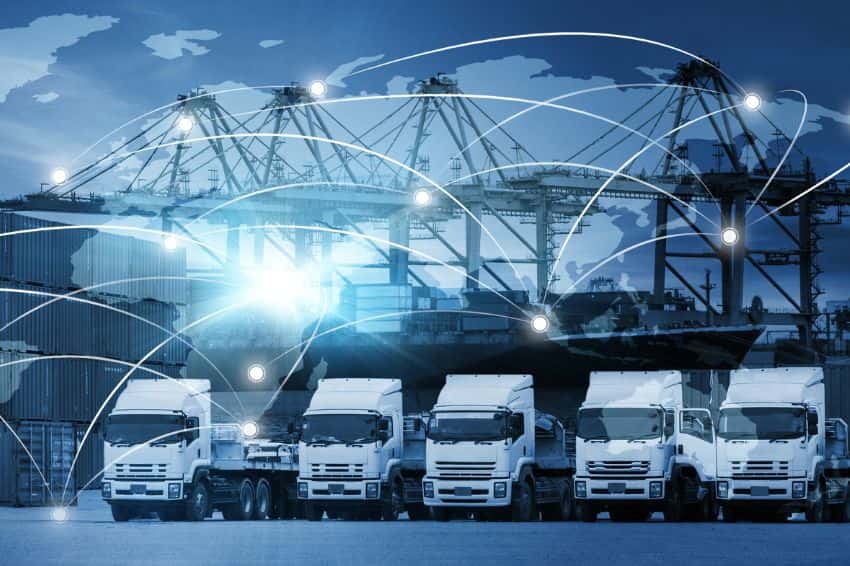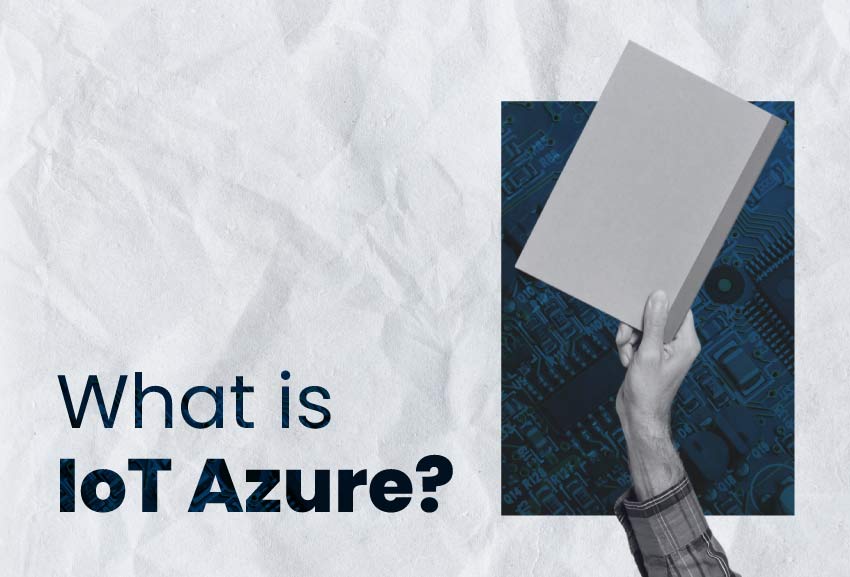The Internet of Things is gaining so much importance that it has led to many industrial IoT applications, among them we can find the use of IoT in logistics.
Let’s explore why these devices have been adopted in the logistics industry and their benefits.
Major problems in logistics
Some companies struggle to identify why there are certain obstacles in the delivery process, such as planning, product storage, management of inventory, and proper management of the packages that will be delivered to the customers.
These challenges have become bigger in the last few years because of higher demand for goods and services, and because of the increasing competition of new brands that are adapting new technologies to their operations.
IoT in Logistics
IoT is important nowadays because it allows almost any company to transform their operations with the integration of new devices. IoT in logistics industry enables the real-time tracking, monitoring, and management of goods and assets throughout the supply chain.
Thanks to this technology, IoT for logistics becomes a great ally for improving analytics of supply chain, warehousing, data transmission to the cloud, and data processing.
What are the sensors or devices used in IoT logistics?
Among the devices that can be integrated into the logistics industry, we can find sensors, GPS trackers, RFID tags, temperature sensors, and cloud platforms that allow companies to collect and analyze data in real time.
The Benefits of IoT in Logistics
The integration of IoT in logistics offers numerous benefits to businesses:
Better operations:
Thanks to real-time data and insights provided by IoT devices, logistics companies can make informed decisions, optimize processes, and reduce operational inefficiencies.
One of the biggest challenges of logistics is to be able to react on time due to obstacles that present on the way, or problems during the deliveries. With the help of IoT devices, the company can gather data and implement several strategies to correct the problem that arises during the operations.
IoT in transportation and logistics fosters teamwork:
Several areas are involved in the operations of a logistics company: warehouse, packaging, inventory management, truck drivers, transportation, customer service, among others.
If there are IoT devices that are providing useful information throughout the whole process, every area of the logistics business will be on the same page. This means there will be higher collaboration among the workers, and they will be able to work together to overcome any obstacle that presents at any moment.
Enhanced Visibility:
IoT in logistics provides end-to-end visibility throughout the supply chain, allowing stakeholders to track and monitor goods, assets, and vehicles at every stage, leading to improved transparency and customer satisfaction.
For instance, the logistics business can know at every stage of the transportation process the status of the products they are delivering. Let’s say they have to care about the cold chain of food. The logistics business can analyze with the help of temperature sensors if the temperature is stable, or presents sudden changes throughout the day.
This information will be useful for ensuring the products will be in perfect conditions and maintain their freshness from the warehouse to the destination point; this is one big reason why companies need asset tracking.
Optimal use of assets:
Thanks to IoT logistics, companies will be able to optimize their use of different assets. They can analyze offer and demand according to historical data of previous sales, and know what space will be needed in their warehouses and how many trucks will be necessary for delivering the packages in a specific time.
Remember IoT collects tons of data, and with such information, along with machine learning and AI, logistics businesses can predict how the market will behave, and plan their operations accordingly.
Risk Mitigation:
Another benefit of IoT in logistics is the capacity to identify potential issues and risks in advance, enabling proactive actions to mitigate disruptions, prevent losses, and ensure regulatory compliance.
What kind of issues may arise? Bad weather conditions. Imagine there is a big snowstorm coming to the city. Then, IoT in transportation and logistics will be a great ally for helping the managers to act beforehand and choose the best solution for delivering the products.
With the collected data, they can plan ahead and boost the operations before the storm hits hard. Warehouse workers will move faster, the packaging area will know there is a short amount of time to act, and truck loading will be more efficient, using boxed or envelopes that protect the products from cold weather conditions. Finally, they can send the trucks on the best possible routes that don’t represent risks for the drivers, and this way, the products will arrive on time to their destination.
Better estimation of deliveries:
By using tracking devices from the moment the product leaves the warehouse and arrives at the destination, managers can create estimations on how much time their packages take from the starting point to the end point.
This is a great advantage of IoT in logistics, since it allows managers to take care of the different tasks, and ensure customer satisfaction at the end of the process. This for example, is a great benefit for smart retail businesses.
Examples of IoT in logistics

Example 1 – Real-time asset tracking
IoT-enabled sensors and tags can be attached to shipments, pallets, or containers, allowing logistics companies to track and monitor their assets in real-time.
These devices capture data on location, temperature, humidity, and other relevant parameters. By leveraging this information, businesses can optimize route planning, ensure proper handling of sensitive goods, and provide customers with accurate updates on the whereabouts of their shipments.
Example 2 – Condition monitoring
IoT devices equipped with temperature sensors can monitor the condition of goods during transit. For instance, temperature-sensitive products like pharmaceuticals or perishable food items can be equipped with temperature sensors that trigger alerts if the predefined temperature range is breached.
This real-time condition monitoring with IoT sensors helps prevent spoilage, minimize losses, and maintain product quality.
Example 3 – Smart warehousing
IoT technology can transform traditional warehouses into smart, automated facilities. Sensors and IoT devices can be deployed to monitor factors such as temperature, humidity, and air quality.
This ensures optimal storage conditions for different types of goods. Additionally, IoT-enabled robots and drones can automate inventory picking, packing, and sorting processes, reducing labor costs and increasing operational speed and accuracy.
Example 4 – Demand forecast
Thanks to data collected from IoT devices, logistics businesses can use such information to calculate the future demand of their products. This way, they can plan ahead the amount of products they need to purchase in order to maximize the warehouse use.
What information will be useful for demand forecasting? IoT logistics companies can use data such as: consumer behavior, delivery times, weather conditions, truck availability, traffic conditions, orders completed, return of products, and complaints.
We hope you liked this article about IoT in logistics, bear in mind that if you are just starting in the world of IoT devices, it is necessary to investigate a little further to see its potential. That’s why we recommend you read the following content:





